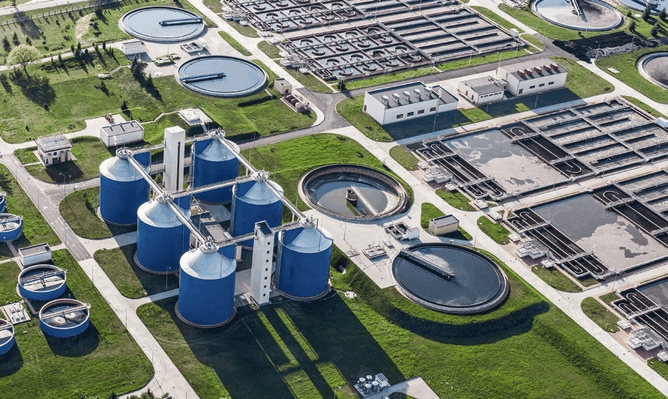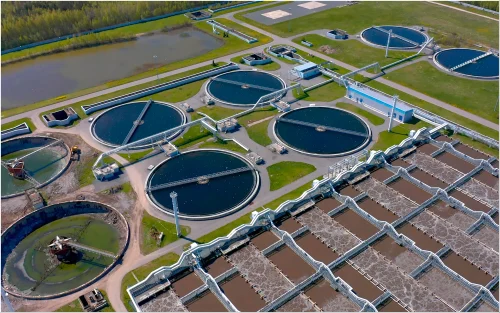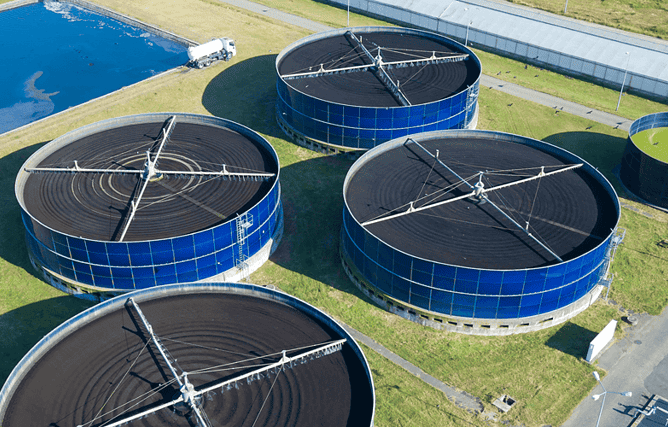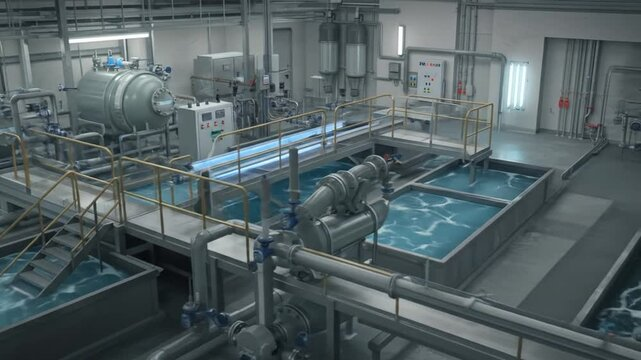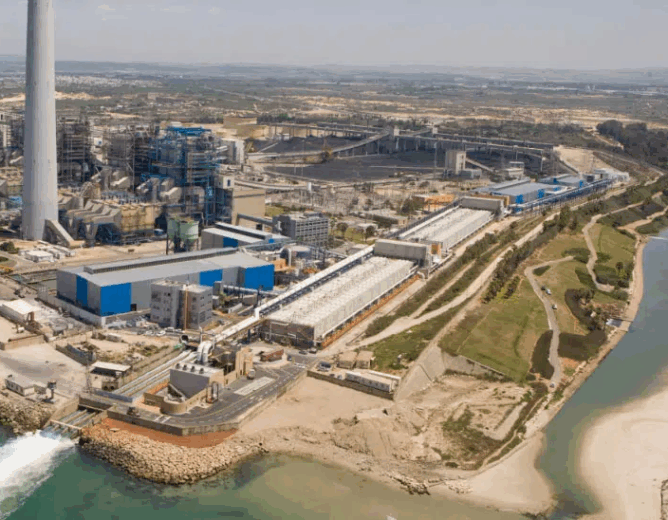- Inspire
- Innovate
- Integrate
- Home
- Who we are
- Services
Plant Engineering Services & Solutions
Plant 3d Modeling & Design ServicesMechanical Design ConsultancyStructural Design Engineering ConsultancyProcess Design & Engineering Services
- Portfolio
- Training
Green Building Credential Courses
Classroom Courses NewLEED Green AssociateLEED AP BD+C Certification Training in Saudi ArabiaOnline Courses NewLEED Green Associate Exam Preparation CourseLEED AP BD+C Exam Preparation CourseIGBC AP Made Easy – Online Exam Preparation CourseCourse Materials NewLEED V4 AP BD C Made EasyLEED Green Associate Made Easy V4Energy Modeling & Simulation CourseLEED and IGBC Exam Preparation – Q&A forum NewEngineering Courses
- MEP Engineering Training Course Qatar New
- Fire Fighting New
- Plumbing Training Course with Certification New
- Heating Ventilation & Air-conditioning New
- 3D laser Scanning Training Course Qatar New
- Electrical Design Course
- Piping Design course – Piping Simulation Analysis Training
- Energy Modeling & Simulation Course
- Blog
- Careers
- Contact Us
- Location
- Home
- BIM for Infrastructure
BIM for Infrastructure
BIM for Infrastructure helps plan, design, and manage projects with greater accuracy and collaboration. It reduces errors, saves time, and improves efficiency across roads, bridges, railways, and more. With better insights and coordination, infrastructure development becomes smarter and more effective.
Contact Us
Advancing Infrastructure with BIM
BIM enhances infrastructure development by providing a centralized model that keeps all stakeholders aligned with accurate and updated project data. This improves coordination, reduces errors, and helps in making informed decisions at every stage. With better visualization and control, projects can progress efficiently while minimizing risks and delays.
At Conserve Solutions, we support infrastructure projects with BIM solutions for roads, highways, railways, bridges, tunnels, marine ports, and airways. Our expertise helps improve accuracy, reduce rework, and optimize resources, leading to well-planned and sustainable infrastructure.
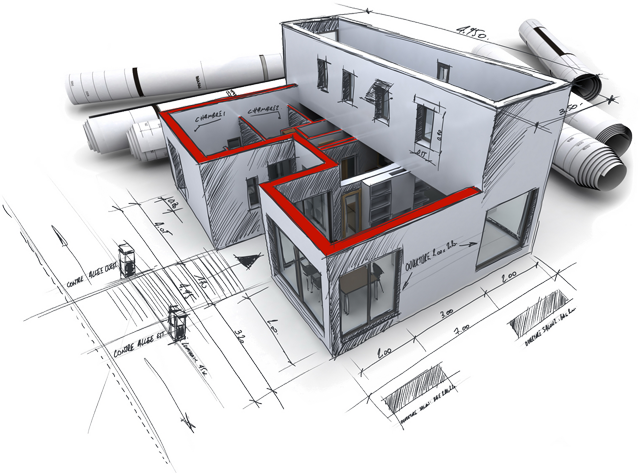
Our BIM Services for Infrastructure
Roads & Highways
Building Information Modeling (BIM) is transforming infrastructure development by enhancing precision, efficiency, and collaboration in road and highway projects. BIM facilitates data-driven decision-making at every level, from master planning and feasibility studies to detailed design and construction. Whether it’s urban roads, expressways, flyovers, or bridge rehabilitation, BIM integrates road design, drainage solutions, utilities, and landscaping into a single digital ecosystem. This ensures optimized workflows, reduced rework, and better lifecycle management of infrastructure assets, ultimately driving smarter and more sustainable transportation networks.
Socio-techno-economic feasibility and traffic studies
Prioritization and Master Plans, Layouts & Detailed Drawings
Road Design, Strengthening, Widening, and Expansion
Railways & Tunnels
Building Information Modeling (BIM) is transforming how railway and tunnel projects are planned, designed, and built. From tracks and stations to underpasses and freight corridors, BIM helps create smarter, more efficient infrastructure. It enables better coordination, accurate simulations, and early detection of challenges like water influx or foundation stability. With detailed 3D models and real-time data, teams can make informed decisions, reduce delays, and improve overall safety—ensuring railway and tunnel networks are built to last.
Trackwork and Railway Infrastructure
Underpasses, Railway Crossings, Stations, and Plants
Railway Bridges & Dedicated Freight Corridors
Bridges & Flyovers
BIM enhances the planning, design, and execution of bridges and flyovers by providing detailed digital models that improve accuracy and coordination. Whether it’s cable-stayed bridges, segmental precast structures, or complex interchanges, BIM enables engineers to visualize designs, simulate construction sequences, and optimize materials. With real-time collaboration and clash detection, potential issues are identified early, ensuring efficient project execution, cost savings, and long-term structural integrity.
Cable-Stayed & Extra-Dosed Bridges
Underpasses, Railway Crossings, Stations, and Plants
Cantilever Construction / Balanced Cantilever
Marine Ports & Harbours
BIM enhances the planning, design, and execution of bridges and flyovers by providing detailed digital models that improve accuracy and coordination. Whether it’s cable-stayed bridges, segmental precast structures, or complex interchanges, BIM enables engineers to visualize designs, simulate construction sequences, and optimize materials. With real-time collaboration and clash detection, potential issues are identified early, ensuring efficient project execution, cost savings, and long-term structural integrity.
Modular Construction Solutions
Barges & Liftboats Supporting Structures
Shipyard Platforms, Wharves
Airways
Building airports requires precision, and that’s where BIM makes a difference. From designing runways, taxiways, and aprons to planning fuel depots and hydrant systems, BIM helps bring every detail into focus. It improves coordination, enhances safety, and ensures smooth project execution. Whether it’s forecourt structures, approach lights, or emergency access roads, BIM keeps everything on track—helping create smarter, more efficient, and future-ready air transport facilities.
Planning & Design of Runways, Taxiways, and Aprons
Service Roads & Emergency Access Roads
Design of Fuel Depots & Hydrant Systems
How We Work
Understanding Requirements
We engage with clients to assess project scope and needs.
BIM Model Development
Our experts create data-driven models with high accuracy.
Clash Detection & Coordination
Identifying and mitigating design conflicts.
Analysis & Optimization
Running simulations for structural integrity and efficiency.
Project Documentation & Delivery
Providing actionable insights for execution and lifecycle management.
Benefits of
BIM for Infrastructure
What Makes Conserve Solutions
The Right Choice for BIM in Infrastructure?
Expertise Across Sectors
Proven experience in roads, highways, railways, bridges, tunnels, ports, and airports.
Precision & Accuracy
High-quality BIM models ensure data-driven decision-making.
Efficient Coordination
Improved collaboration among stakeholders to minimize errors.
Optimized Workflows
Efficient planning, scheduling, and resource utilization
Risk Reduction
Early clash detection and mitigation for smooth project execution.
Sustainability Focus
Energy-efficient and future-ready infrastructure solutions.
Lifecycle Management
Supporting long-term maintenance and asset optimization.
Cost & Time Efficiency
Minimized rework and delays for better project outcomes.
Frequently Asked Questions
FAQ's
BIM for Infrastructure integrates intelligent 3D modeling, data analysis, and collaboration to enhance infrastructure design, construction, and management.
BIM enables real-time collaboration, accurate cost estimation, scheduling, and clash detection, reducing delays and rework.
Yes! BIM is widely used for highways, railways, bridges, tunnels, ports, and airports, ensuring seamless execution and lifecycle management.
BIM supports energy-efficient designs, material optimization, and lifecycle analysis, helping achieve sustainability goals.
Simply contact us, and our team will guide you through the process to maximize the potential of BIM for your infrastructure projects.
Get in Touch
Have Any Other Questions?
Transform Your Infrastructure Projects with Conserve Solutions’ BIM Expertise!
Quick Links
Copyrights © 2025. Conserve Solutions. All Rights Reserved.

